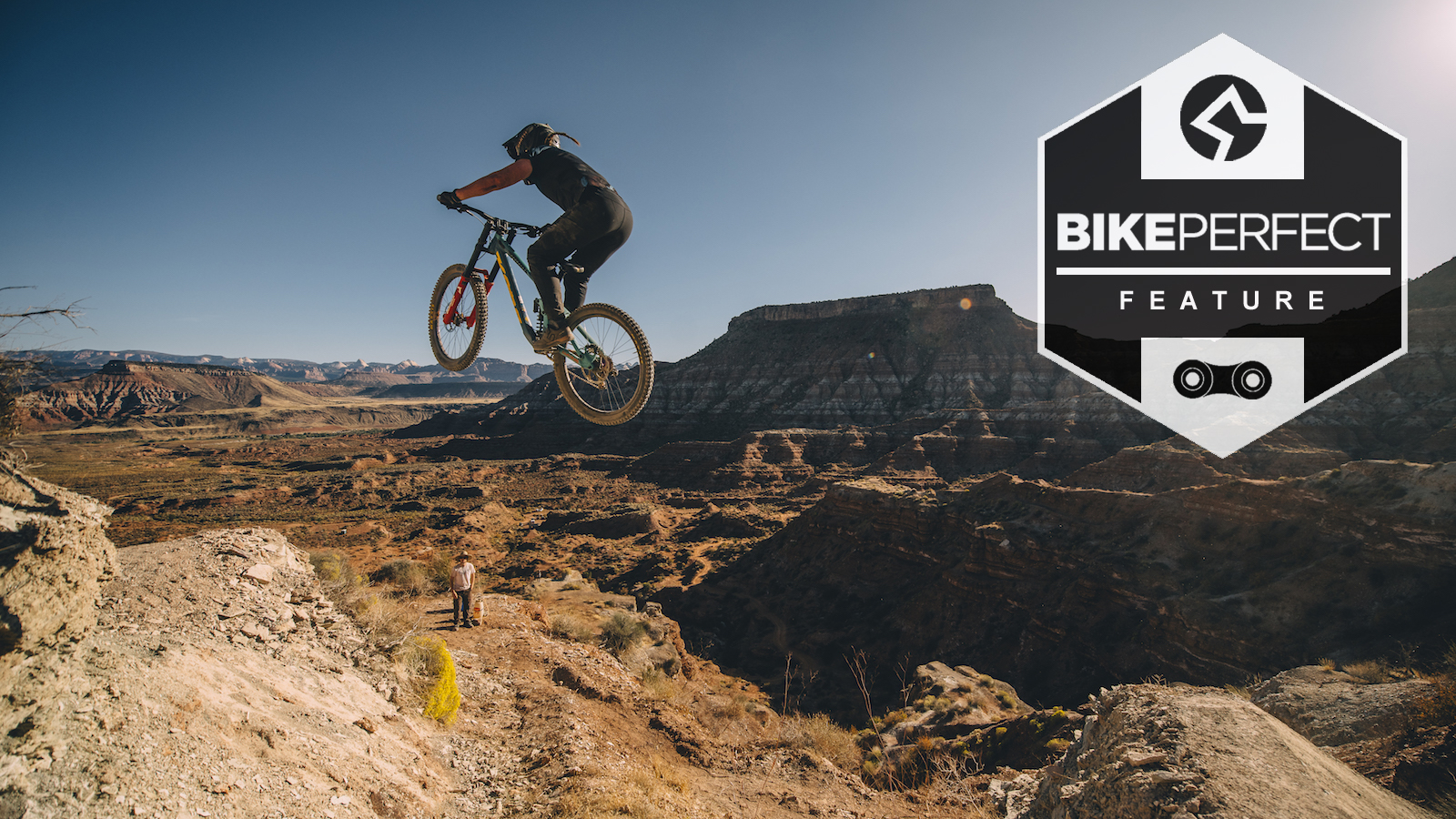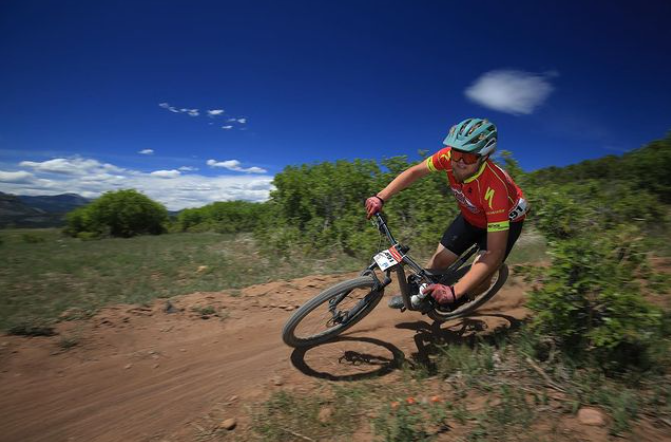Freeride mountain biking: everything you need to know
While downhill mountain biking is all about speed, freeride is all about amplitude and tricks

Freeride mountain biking is inherently difficult to define. The whole culture and ethos of freeride is to push the boundaries of the sport of mountain biking, riding anything that looks rideable, and a lot of lines that don’t look rideable at all.
Freeride can loosely be defined as building and riding trails that consist of challenging features like jumps and drops. While downhill mountain biking is all about speed, freeride is all about amplitude and tricks.
It doesn’t matter how fast you go; it just matters that you go big. Since freeriders have adopted the same ‘tricky’ culture as skate culture, a huge part of freeride is looking stylish too. Many of the best freeriders in the world have their own signature style, like Brandon Semenuk and Nicholi Rogatkin.
Before we delve into the main subgenres of freeride, let’s look at a bit of history. In the 1980s, riders in the North Shore region of Vancouver, British Columbia, began exploring the forests on the outskirts of the city. One of those riders was Todd “Digger” Fiander, who quickly established himself as a pioneering trail builder.
Digger perhaps accidentally created a whole new type of mountain biking when he took a length of Cedar plank and laid it across a divot in the forest floor, so riders could cross the plank of wood like a bridge. This was an early example of a skinny. Skinnies turned into ladder bridges, and ladder bridges got built higher and higher in the air. Pretty soon, riders were leaping off of elevated structures in the forest and performing tricks.
Riders like Wade Simmons—the eventual winner of the first-ever Red Bull Rampage contest in 2001—flocked to the North Shore to ride the new trails that were being built. Meanwhile, magazine and video coverage raised the profile of freeride as a discipline. An in-depth chronicling of the North Shore freeride scene was written by Seb Kemp in Privateer Magazine.
The equipment
Because freeride has always been a discipline without hard borders, the equipment also is not easily defined. With bikes becoming more capable, freeride-specific products aren't as common although some manufactures, such as Norco's Shore, are available.
For riders that are doing the biggest jumps and lines, they will be riding downhill bikes with 200mm of suspension travel, downhill-spec components, and likely 27.5-inch wheels. Since freeride is all about tricks, the riders use flat pedals so they can easily take their feet off in the air. For protective equipment, expect to see full-face helmets, knee pads, and sometimes neck braces and chest or back protectors.
Types of freeride
The images you’ve probably seen of freeriding are from the Red Bull Rampage contest, where riders tackle steep, exposed ridgelines sprinkled with huge jumps and drops. This is a prime example of big mountain freeride. Big mountain freeriders don’t need a trail per se. It’s all about finding a line and perhaps fixing it up with some jumps. Then you ride it with style, amplitude, and speed.
One of the most popular locations for big mountain freeriding is in Utah, where Rampage is held every year. Even decades into the existence of freeride, riders are still finding unridden potential in the American desert. However, you can freeride anywhere from the gravel pits on Kamloops to the Gobi Desert in China.
Another sub-category of freeride is slopestyle. Slopestyle is a discipline of competition inspired by ski and snowboard slopestyle competitions. A course will consist of about 10 different features like jumps and drops. The format varies from case to case, but riders are awarded points based on the tricks performed in each run. The rider with the highest score wins. The most famous slopestyle contest is Joyride which is held at Crankworx Whistler.
All other styles of freeride typically branch off of big mountain and slopestyle, blending elements of each.
Riders
Perhaps the best freerider of all time is Brandon Semenuk. He regularly a competition favorite in both slopestyle and big mountain contests. He’s a five-time Red Bull Joyride winner and a three-time Rampage winner. But it’s not just the wins that set him apart, but rather his signature style. His tricks are executed to perfection and look effortless, despite a high degree of technicality.
A rider who is an example of the next generation of freeriders is DJ Brandt, who can also blend the two types of freeriding. Brandt’s profile was raised by entering Rampage in 2019, and he’s put out some impressive video parts since.
Historically, freeride has been dominated by men. But that’s starting to change. In 2019, Red Bull Formation was created as a sort of women’s Rampage. Formation is not designed to be a competitive event, but rather a place for riders to progress and push themselves. Casey Brown is one woman who’s been pushing the boundaries for years now, and she’s being followed by riders like Vaea Verbeeck and Hannah Bergemann.
Freeride has always relied on media to showcase its athletes and progress the sport forward. One medium that’s been particularly significant is movies and video parts. Feature-length films from the 90s and early 2000s are what showed the world the tricksters and trail builders of British Columbia. Today, shorter video parts can be released independently online and on social media. Recently, the X Games brought mountain biking into its ‘Real’ video contest, which Brandon Semenul won, and attracted more viewers than any other series.
So how do you freeride? It’s more of a state of mind than anything. Even if you just have a trail bike or an enduro bike, you can practice tricks and work on your personal style. To really embody the ‘spirit’ of freeride, build your own jumps and some videos. It’s all about riding whatever and however you like.
Ryan Simonovich has been riding and racing for nearly a decade. He got his start as a cross-country mountain bike racer in California, where he cultivated his love for riding all types of bikes. Ryan eventually gravitated toward enduro and downhill racing but has also been found in the occasional road and cyclo-cross events. Today, he regularly rides the trails of Durango, Colorado, and is aiming to make a career out of chronicling the sport of cycling.
Rides: Santa Cruz Hightower, Specialized Tarmac SL4

